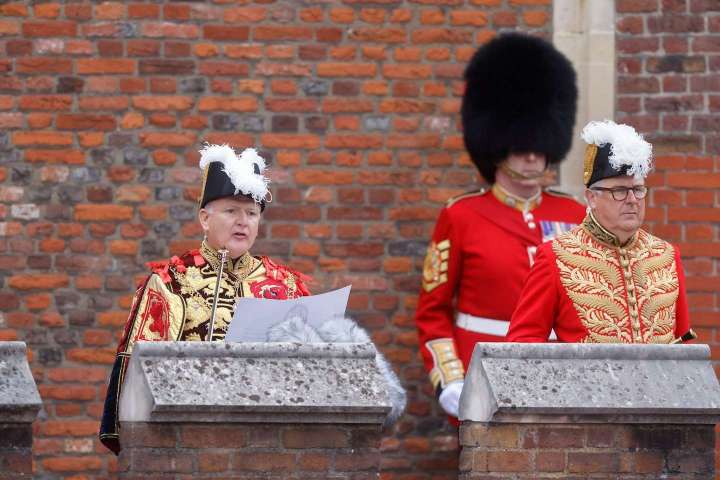You’re reading Post Elizabeth, Opinions’ newsletter following the British monarchy’s transition. Click here to get this newsletter in your inbox daily.
Post Elizabeth: Britain has a new king. Why do people care?

Why do we care?
It’s a fair question — and one I have been asked a lot as an American royal watcher. Here’s a short answer: Some of us just like this stuff. We delight in the pomp of royal ceremonies (whether for the history or the opulence). Some people follow personalities as though the House of Windsor is a real-life soap opera. Not everyone cares, of course, and they don’t have to. If you believe, as I do, that all people are created equal, the concept of a hereditary monarchy is archaic. And as recent reactions to the queen’s death on Black Twitter and Irish Twitter indicated, for many people the British monarchy’s legacy is inextricably linked to slavery, racism and colonialism. As one writer noted: “For many of us who are descendants of colonized ancestors, it’s difficult to mourn a person who represents a legacy of oppression.”
There’s another reason to be interested in — and even respect — the monarchy: as an institutional force for stability that partisan politics could never provide.
To my eye, the new king aims to project continuity in his mother’s tradition. We won’t know for a while which ways Charles may break from her approach. But the heraldic customs on display, unseen for many decades, underscore that part of the challenge before him is to show the relevance in our age of the ancient institution he now leads.
Some handy links for keeping up with the transition: “Operation London Bridge” was the not-so-secret code name for the plan of all the events that would follow the queen’s death. Here are the details that The Post has confirmed about her funeral plans, with a visual guide here mapping her journey to her final resting place. And, ICYMI, watch King Charles III’s first official address.
Don’t miss
Coverage from around The Post
In her seven-decade reign, Elizabeth II visited more than two dozen U.S. cities. See images in our slide show.
The queen was “The Boss” — but was she a feminist? asks London correspondent Karla Adam. “The queen wasn’t known for making bold declarations about the rights of women — and some Britons held that against her.” Still, others saw her as a feminist icon.
Post editorial cartoonist Michael de Adder marks “The end of an era.”
The people of Ireland largely sympathize with Britons over the death of their queen — with some exceptions, writes Post reporter Claire Parker. Politicians were quick to praise the late monarch’s efforts to repair relations between the countries, “but for many Irish, the occasion of the queen’s death — and her legacy — surfaced emotions that were much more mixed.” (Related: Post political reporter Matt Viser reminds us that when President Biden, a proud Irishman, first met the queen, he followed his mother’s instructions not to bow.)
Britain’s late queen was the most disciplined public figure of the past century, writes Post Opinion columnist Fareed Zakaria. “In a confessional age, when we post every idea, urge, impulse and image that pops into our heads, this woman kept her own counsel.”
A share from @washingtonpost
Follow @washingtonpost and @postopinions on Instagram for more news coverage.
Do you have questions about Britain’s royal transition? Submit them here and I may answer them in a future edition of the newsletter.






